Day Seven: GROUND ELDER aka "Goutweed" or "Bishop's Weed" (not to be confused with elderberry)
Growing without human assistance on multiple continents and providing nutrient dense greens, this resilient soil repairing plant offers many gifts to gardeners and foragers alike
This plant grows everywhere, under very poor conditions and has a tangy aromatic flavor when eaten. The leaves can be cooked as a spinach, but can also be used raw in salads or juices. It is extremely high in vitamin C (about 10x times the amount found in spinach) so it’s a powerful ingredient for boosting the immune system and regenerate the body with its anti-oxidant properties. It’s also rich in fibers, minerals and flavonoids, a true detox diuretic that can help the body flush all the toxins out. For maximum nutrition and benefits, add it to your green juice as you would for parsley!
Nutritional Content: Composition of leaves show high amount of Vitamin C. Vitamin C imparts the anti-oxidant properties to the vegetable which keeps one in good health.
Goutweed also contains minerals, vitamin A , essential oils, flavonoids, and phenolcarboxylic acids. It is an important source of copper. One hundred grams freshly picked goutweed contains 2 mg copper and 140 mg vitamin C (ascorbic acid).
History of Ground Elder (aka “Goutweed”) :
Known as égopode podagraire in French, Zevenblad in Dutch, Skvalderkål, alm to the Danish, Keçi ayağı in Turkish, Altayib (الطيب) in Arabic, Geitakál in Icelandic, Kwmhkyaankone (ကွမ်းခြံကုန်း) in Burmese, Gǔ tè wēi dé (古特威德) in Mandrin, Hakobe (ハコベ) in Japanese, Podagrycznik pospolity in Polish and Lus an Easbaig to my Celtic ancestors.
Ground Elder has a long history of medicinal use and was cultivated as a food crop and medicinal herb in the Middle Ages. The plant was used mainly as a food that could counteract gout, one of the effects of the rich foods eaten by monks, bishops etc at this time. The plant is little used in modern herbalism. All parts of the plant are antirheumatic, diuretic, sedative and vulnerary. An infusion is used in the treatment of rheumatism, arthritis and disorders of the bladder and intestines. Externally, it is used as a poultice on burns, stings, wounds, painful joints etc. The plant is harvested when it is in flower in late spring to mid-summer and can be used fresh or be dried for later use. A homeopathic remedy is made from the flowering plant. It is used in the treatment of arthritis and rheumatism.
Habitat and distribution of the herb:
Aegopodium podagraria is distributed widely in the temperate zone of western Asia and the whole of mainland Europe. It has been introduced elsewhere, including Ireland, the United Kingdom, the United States, Canada, Australia (including Tasmania), New Zealand, and Japan.
Goutweed is an ecologically versatile species, being highly shade tolerant and able to withstand a variety of soil conditions, and able to adapt to many different habitats. Once established, it grows well in partial sun to full shade and prefers well-drained, evenly moist soils. It prefers nitrogen-rich and mildly acidic to mildly-alkaline soils (pH 6.1 – 7.8) but can grow in infertile soils. Most often, it establishes in the understory of forests where the ground layer has recently been disturbed or where the soil is bare (in other words this plant is one of nature’s many ways to try and heal the damage we humans have done to ecosystems).
Common places you will find it are: Old fields, woods, forests, meadows, pastures, roadsides, riparian areas, hedgerows and cultivated land. A common garden ‘weed’.
Identification:
This is one of the safest of the carrot family to identify, and certainly the most common. The serrated leaves are oval with a point and always grow in three groups of 3 from a grooved stalk, close to the ground, before sending up their flowering stems.
Ground elder is a pale green plant with tiny white flowers on an umbel. As stated above, Leaves are toothed, elliptic–ovate and usually groups of three. Basal leaf is blade broadly triangular, 2 times with 3 leaflets. The stem has a small half pipe or trough. Stem leaves are 3-lobed.
Leaves:
Toothed, ovate and usually in groups of five, two lower ‘leaves’ can be seen to be splitting to appear as seven leaves in some specimens. Light green, shiney and translucent when young becoming dark green with a matt finish.
Flowers:
Tiny white flowers on an umbel (umbrella shaped) that appear from May to June.
Stem:
Hollow with a ‘u’ shaped groove, short, close to the ground and containing only one set of leaves until the flower stem appears.
Smell:
Like sweet parsley.
Taste:
Like sweet parsley only better.
Ground Elder in the kitchen:
Edible parts of Ground Elder:
Leaves - raw or cooked. An unusual tangy flavour, many do not like the flavor though some feel that it makes a delicious vegetable. The leaves are best harvested before the plant comes into flower.
The plant’s leafy shoots, leaves, blossoms, seeds, and buds can be used, but the leaf stalks are not eaten as often as the other plant parts. The seeds have a spicy flavor, while the flowers are pleasantly sweet. After the plant blooms, the leaves take on a stronger and more bitter flavor, which makes them better suited to tea infusions or cooking rather than for eating raw. The leaf stalks, which are also bitter, are high in fiber. The best plant stalks to use are those that grow on plants in shady wooded areas because they tend to be young, juicy, and thicker. Cut the stems lengthwise and remove the fibers.
Ground elder can be prepared as a vegetable such as spinach and thus suits very well for tartes or as a filling for dumplings. As a substitute for parsley, it can be added to any food and the young, barely unfolded leaves are perfect addition to any salad. Of course, you can also dry it and use for tea or chop and freeze it. Then you have a supply for the winter.
The young leaf shoots are particularly tasty in spring as the base for a salad or as a raw vegetable. You can also use the raw leaves as a substitute for parsley in bulgur and chickpea salad, smoothies, pesto, or as a spread. Goutweed tastes good cooked or steamed in (cream-) soups, stews, and strudels, and it is an excellent substitute for spinach or vegetable filling on pizza and in herb soups.
Ground Elder Pesto : https://myfoododyssey.com/2015/05/19/ground-elder-pesto-recipe/?fbclid=IwAR2RrLTWweY4CYGTDwIGlV8tEijOoigTbPFfhBOKZVcl-NmFDDAiGGeATpI
Ground Elder Soup: http://frontierbushcraft.com/2017/03/23/ground-elder-soup/
Ground Elder Tart: https://captains-dinner.blog/ground-elder-tarte/?lang=en
Ground Elder (aka Goutweed) soup with coconut milk and tofu: http://www.vegansandra.com/2013/05/goutweed-soup-with-coconut-milk-and-tofu.html

“Eat the Weeds Chimichurri“
Recipe: 1.5 cups goutweed, 6 garlic cloves (8-10 scapes), 1/2 cup fresh oregano, juice of 1 lemon, 1/2 cup olive oil, salt to taste, add a dried hot pepper for some extra heat. Coarse blend. Now you have another use for goutweed! :)
Ground Elder Quiche : https://www.eatweeds.co.uk/ground-elder-quiche
Known hazards:
Should not be eaten after flowering due to laxative and soporific effects
Potential Danger of Confusion with look a likes:
Goutweed has some toxic and even very poisonous relatives, which are close in appearance to the herb and also belong to the umbellifer family. One of goutweed’s most important distinguishing features is its triangular stem, which is rounded on one side and indented or grooved on the opposite side. In addition, you should look for goutweed’s characteristic 3 x 3 leaf pattern. A helpful mnemonic is the rhyme: “Three, three, three — always with goutweed should be.”
Poison or spotted hemlock (Conium maculatum) is one of the most poison native plant species that is confused with goutweed. Its stem, however, is smooth, and usually either spotted with red or covered with a reddish skin.
Giant hogweed (Heracleum mantegazzianum) is also a very toxic plant that looks like goutweed. Even though giant hogweed is clearly larger than goutweed with thicker stems covered in red spots, the white umbels on both can sometimes lead people to confuse the two plants. Fool’s parsley or poison parsley (Aethusa cynapium) and cow parsley (Chaerophyllum) are two other poisonous plants that look like goutweed.
Can look a little like Dog’s Mercury, Mercurialis perennis, but this has hairy leaves that don’t grow in groups of three and a hairy stem, unlike Ground Elder.
Very young Elder trees can look superficially similar but have a definate stem (later, trunk) rather than Ground elders leaves coming straight from the soil.
For additional information on Ground Elder (aka Goutweed) :
http://www.naturalmedicinalherbs.net/herbs/a/aegopodium-podagraria=ground-elder.php
https://www.eatweeds.co.uk/ground-elder-aegopodium-podagraria
https://sacredearth.com/2021/03/07/foraging-goutweed-aegopodium-podagraria/
I hope you found this information helpful and will try foraging for some Ground Elder (aka Goutweed) and find peace of mind in the knowing that you are surrounded in food and medicine.
If we learn from Mother Nature and accept her open hand we can thrive and nurture our bodies in any and all situations (while staying guided by integrity and love).
We can align our wealth and health with the health and wealth of the living Earth and through merging with her regenerative capacity and inherent abundance we can become irrepressible.
We can lift ourselves and our communities out of the widespread modern day ‘poverty of plant knowledge’ and in doing so become resilient enough to survive and thrive no matter what life throws our way.
We are the ones we have been waiting for.






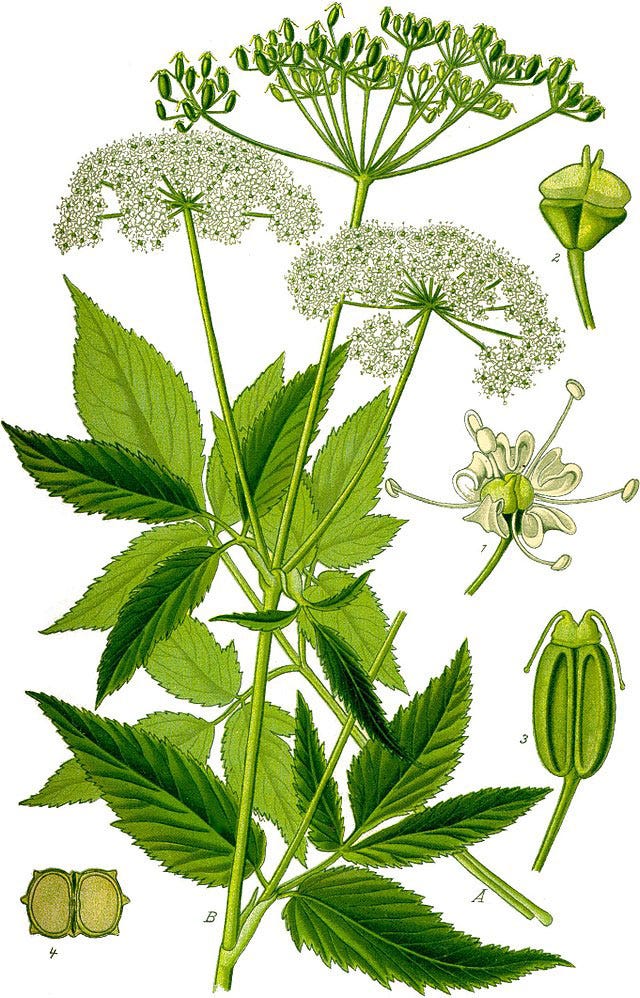
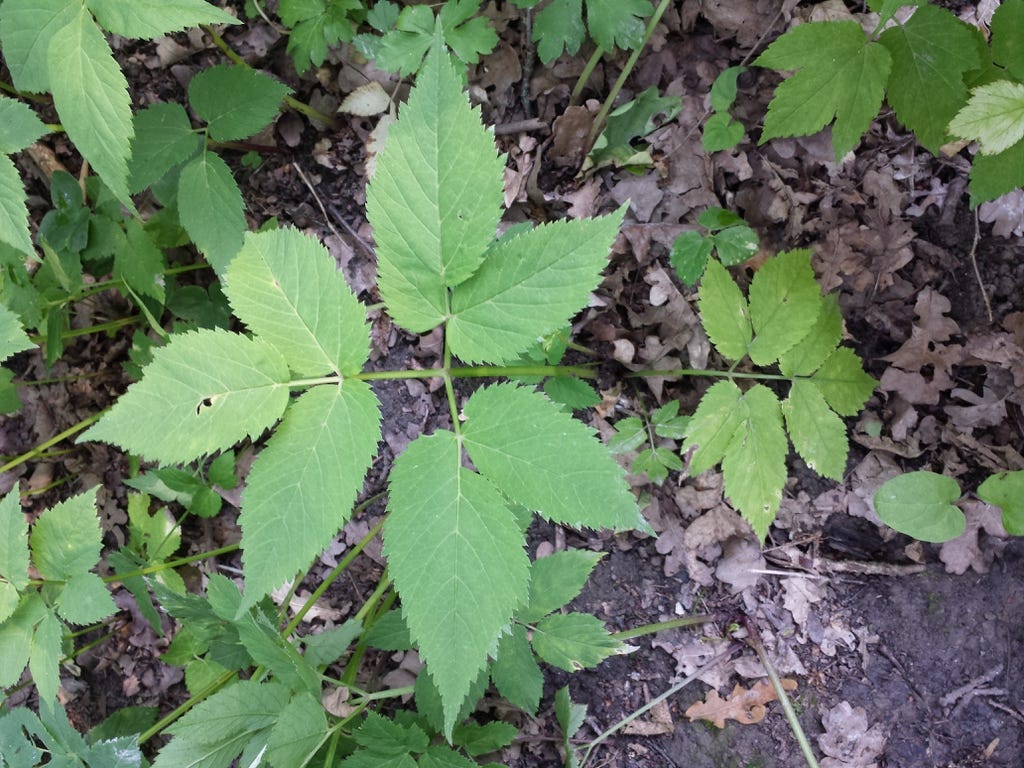

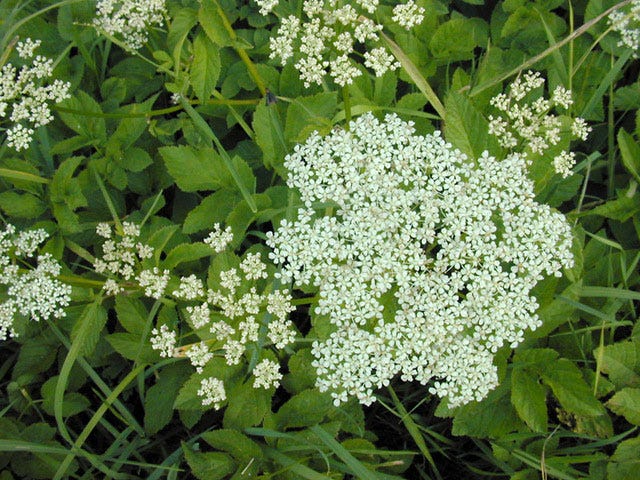
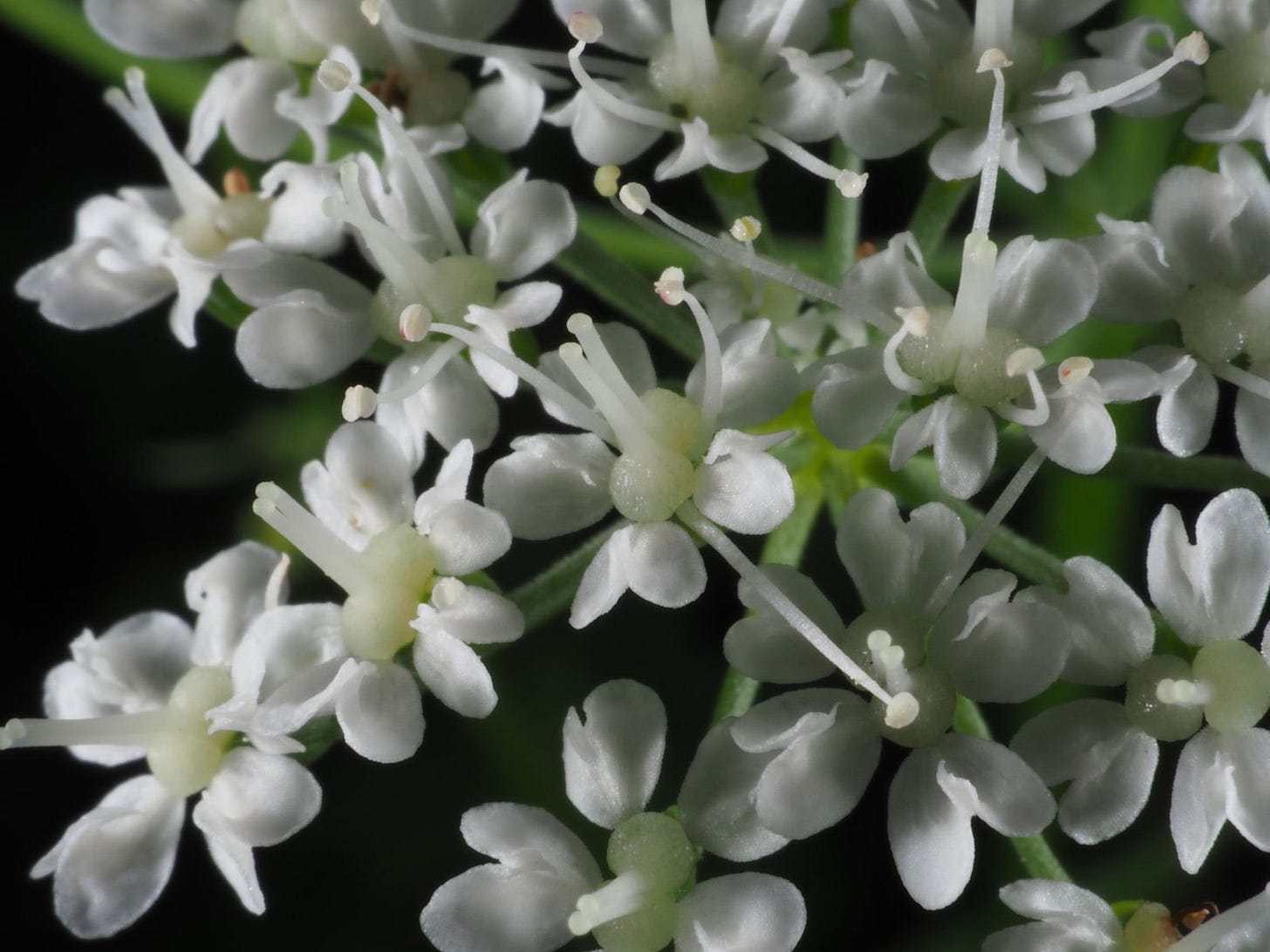
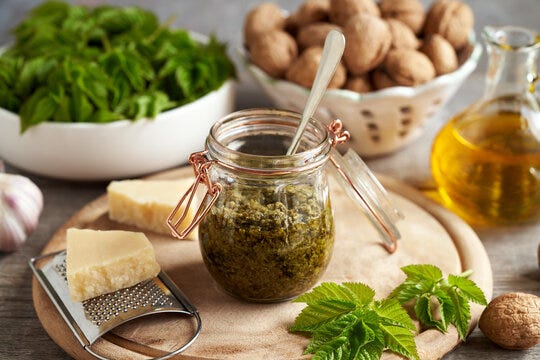
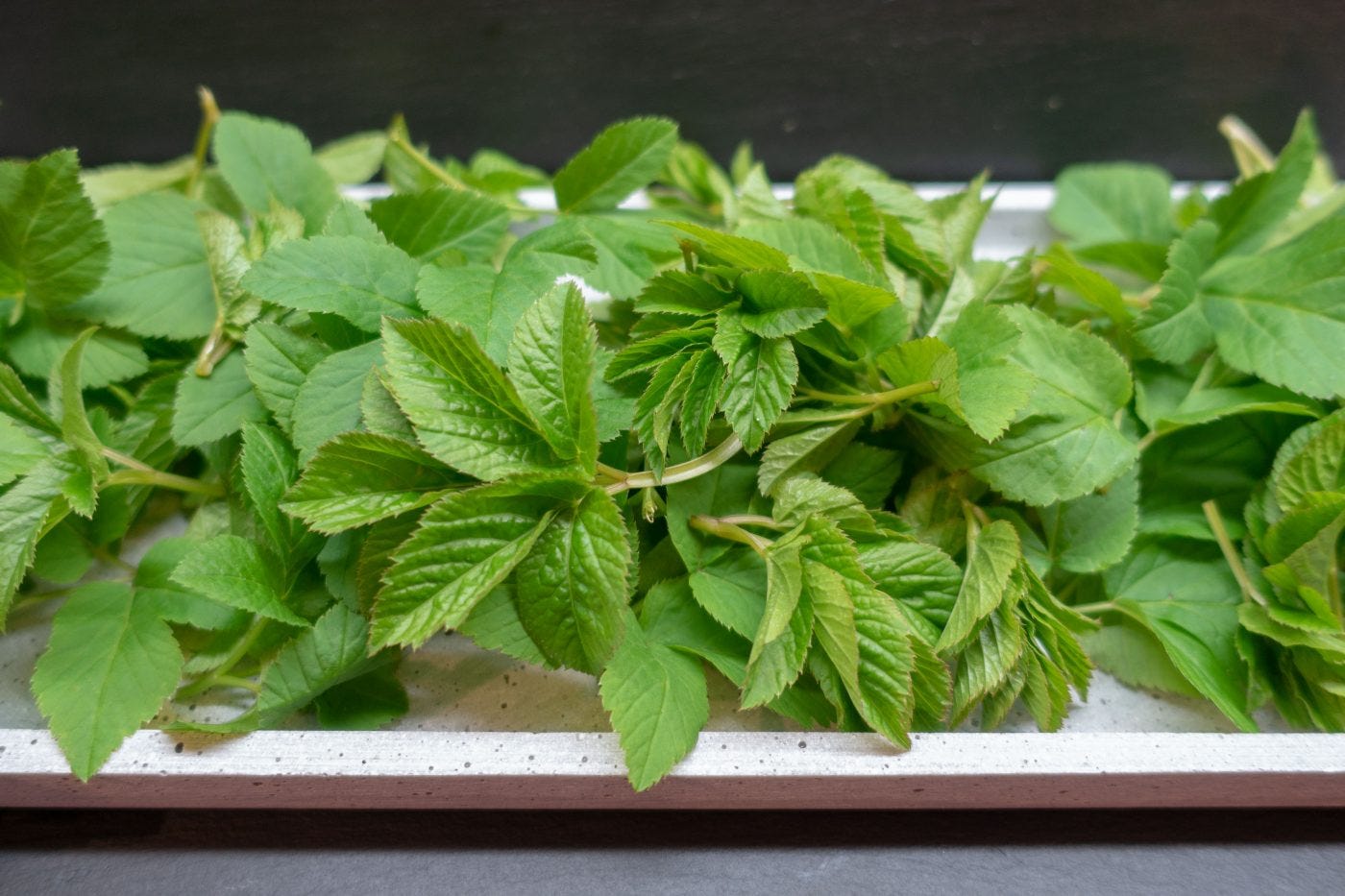


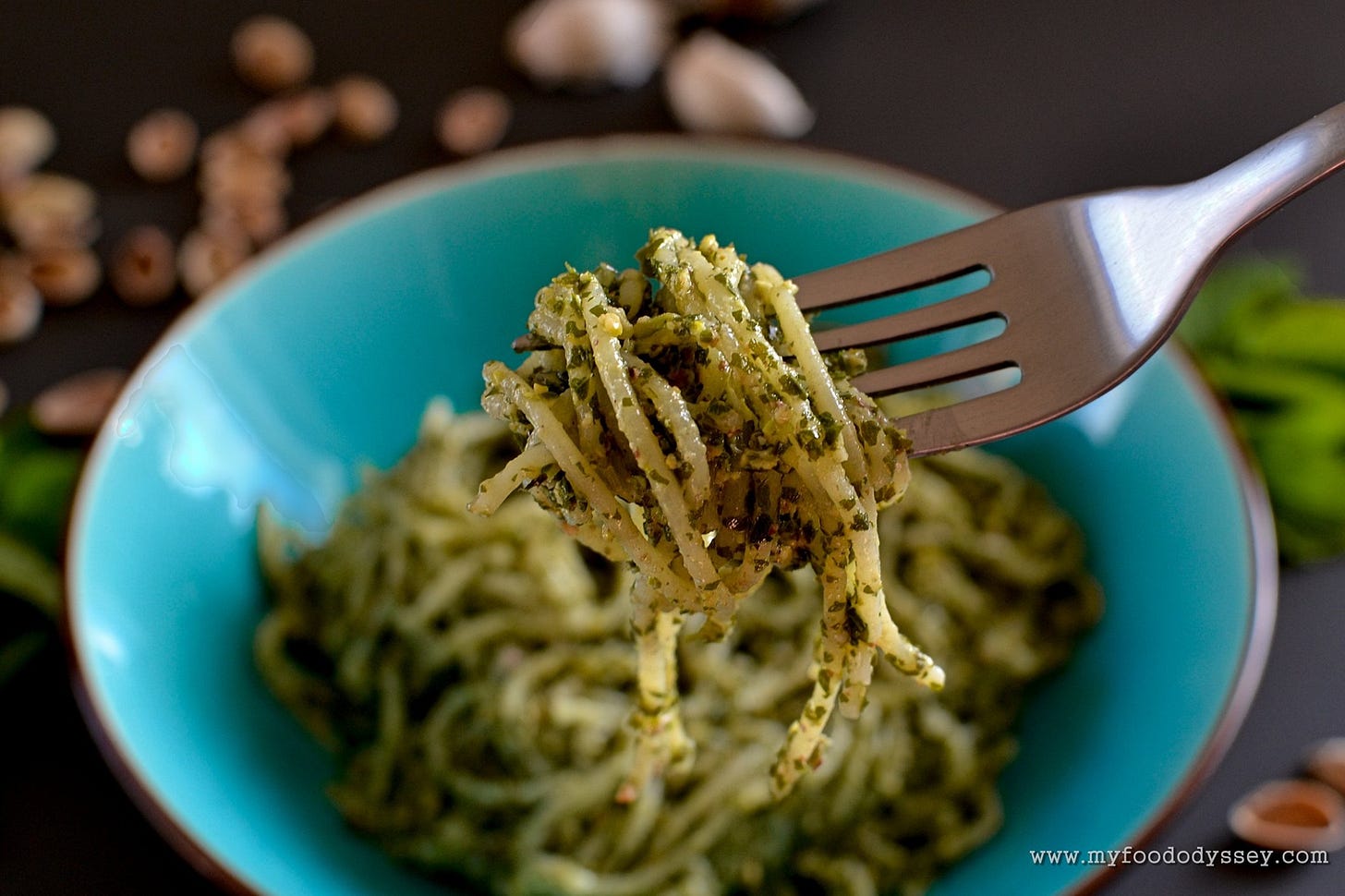


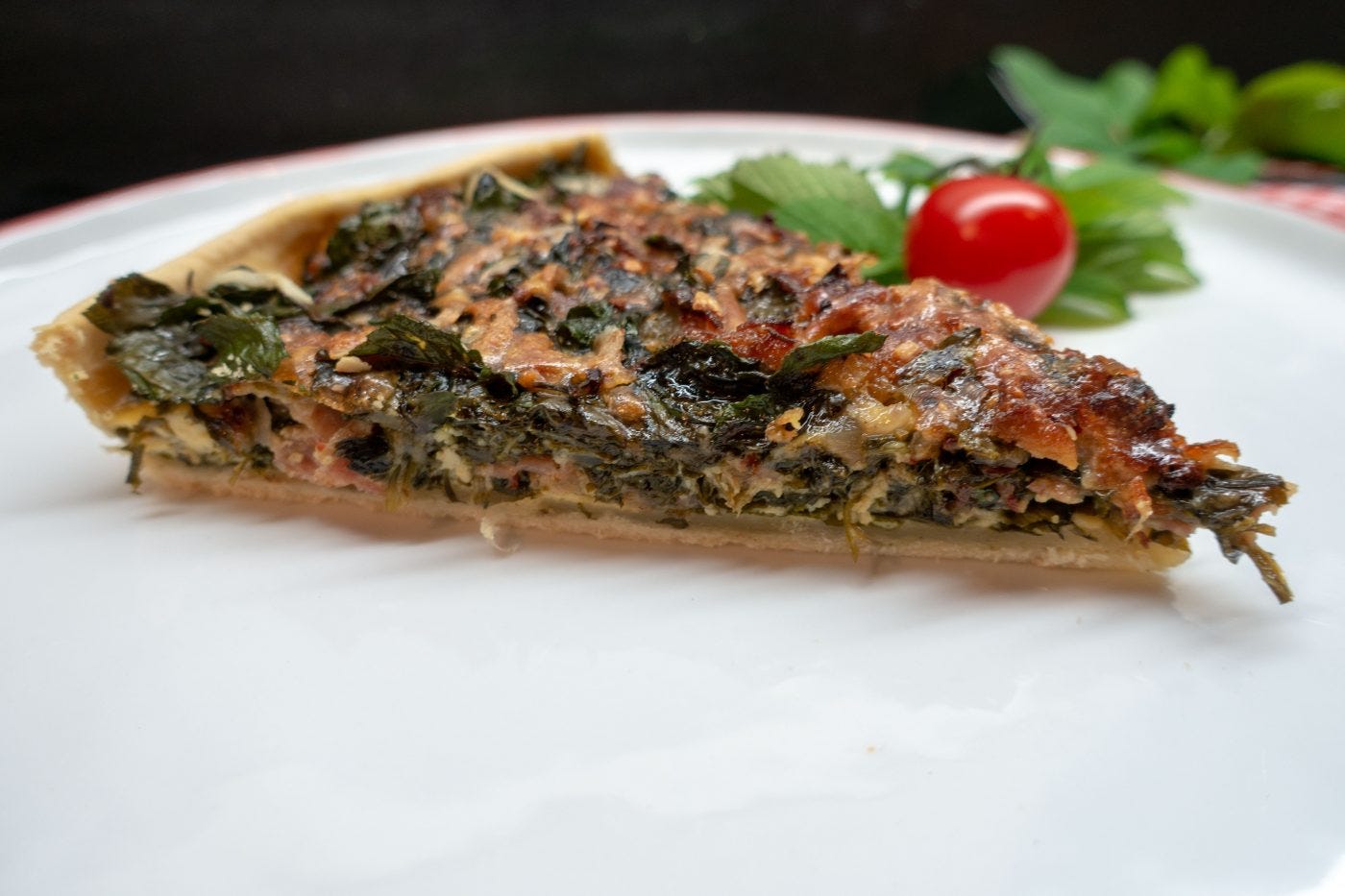
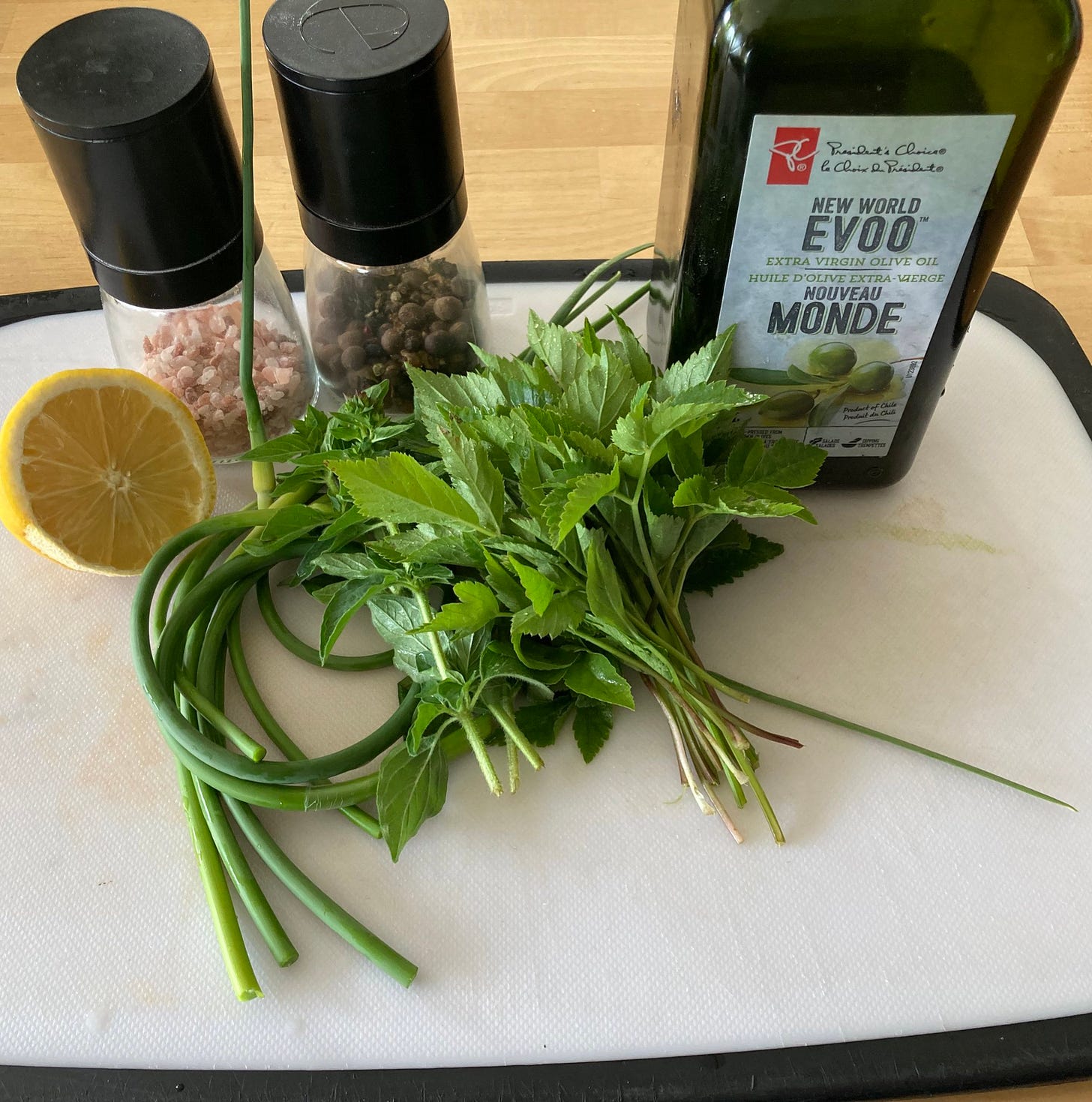

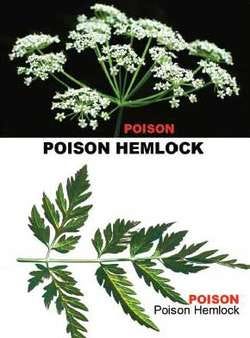

Years ago, my son and I took a gardening job for an older couple in our town. One project was to get a large bed with agapodium, spearmint, and astilbe, under control. The lady of the house wanted us to take out the agapodium and leave the spearmint and astilbe - a nearly impossible task, with spearmint and agapodium roots running everywhere. We did our best.
A friend of one of the daughters had been “volunteered” to do the project some years before and was making progress when another daughter said she knew what to do, and she rototilled the whole thing and wasted all the hours he had put in, chopping up the roots so they could all sprout anew. He was pretty disgusted, and I don’t blame him a bit.
The place is now owned by one of the couple’s daughters - the daughter who did the rototilling, I think. I haven’t been in to see how things are now…. : /
You stumped me, Gavin! I don't know this plant at all. The recipes all look yummy! :)